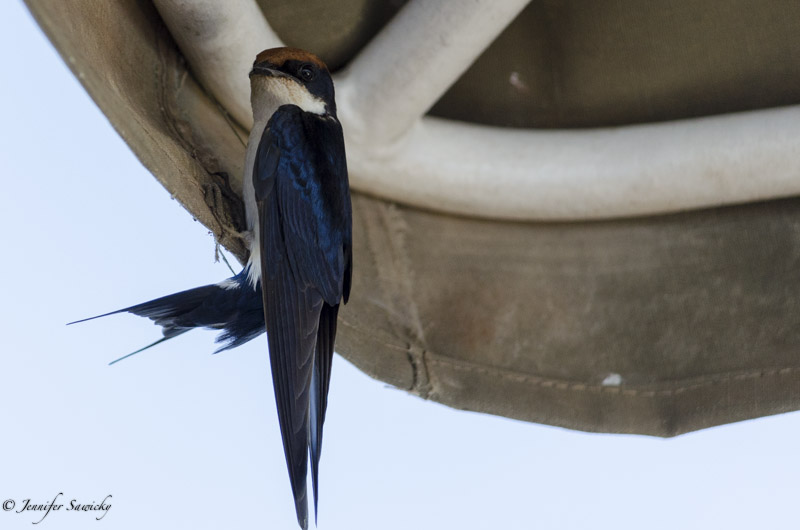
1/1000sec, f4.8, ISO800
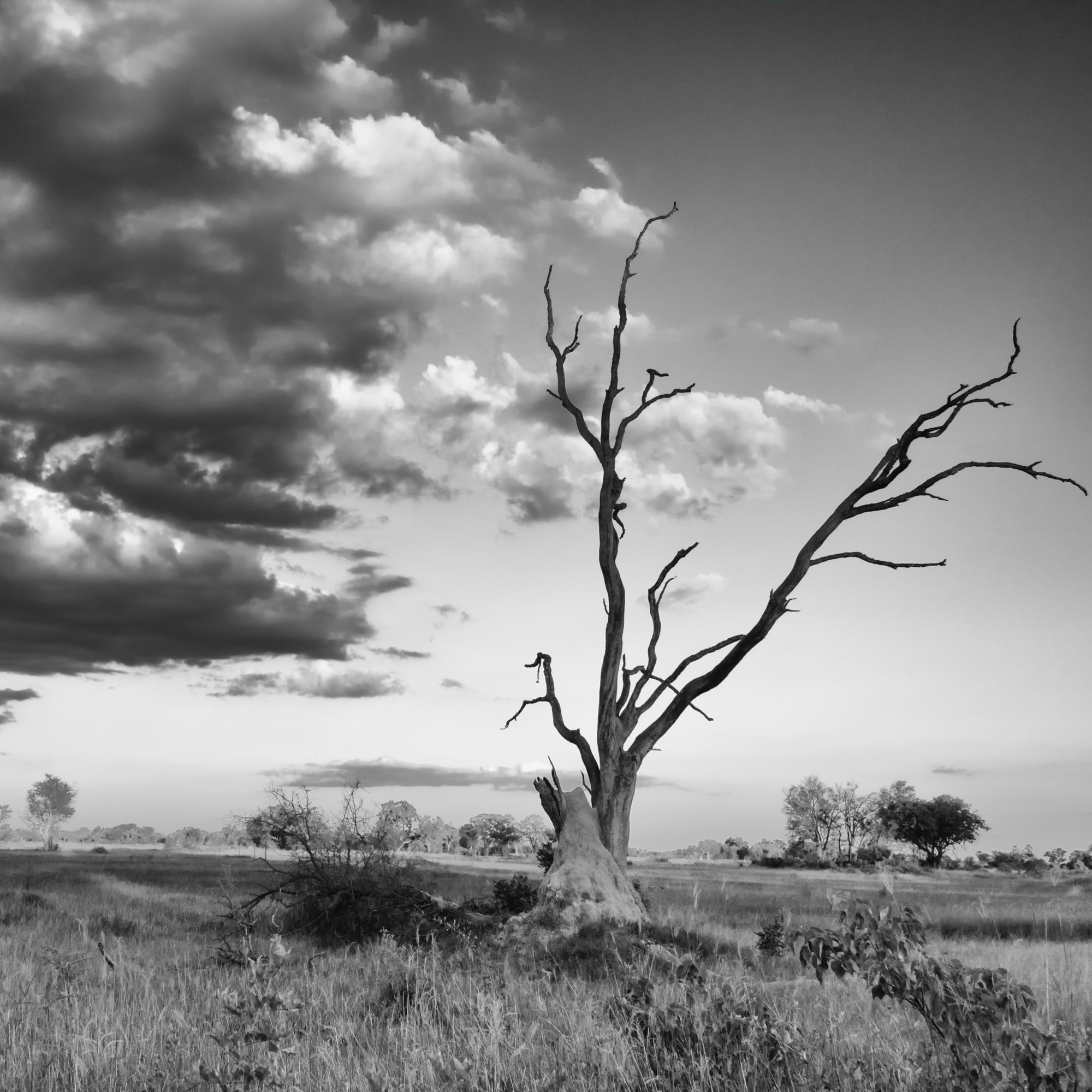
Showcasing the beauty of Mother Nature
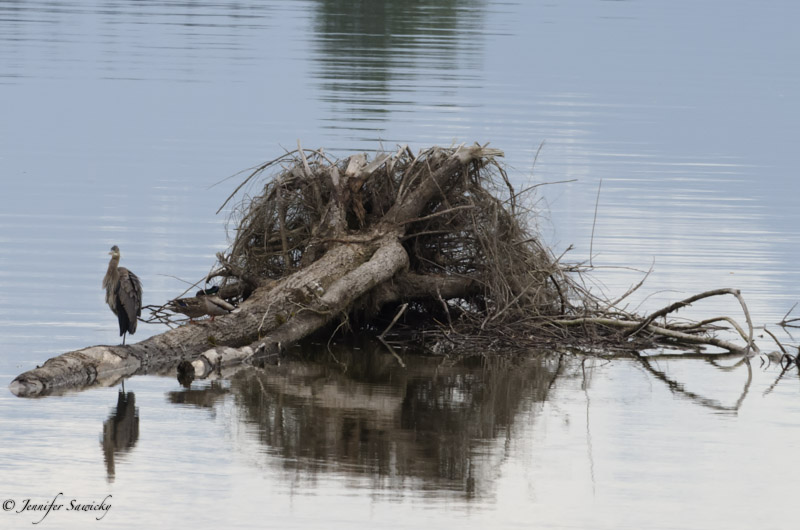
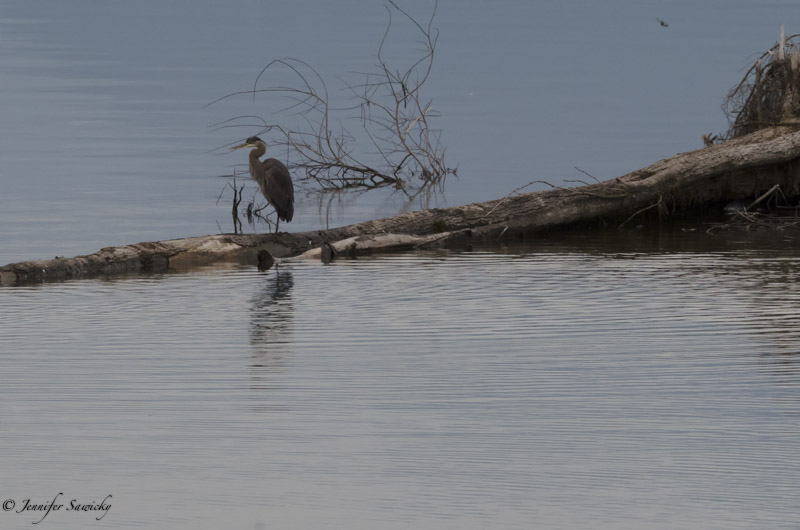
I have been having a difficult time in the last few weeks to set aside the time to either edit photos or post anything. I’ve finally gone through photos from the last two weeks, and as usual, it’s all about birds. These wood ducks were a first for me – I’m sure I have seen them before, but I had never photographed them or identified them. When I was trying to determine what variety of duck these were, I learned that the wood duck was hunted to near extinction in the 19th century, but a hunting ban helped to rebuild their numbers.
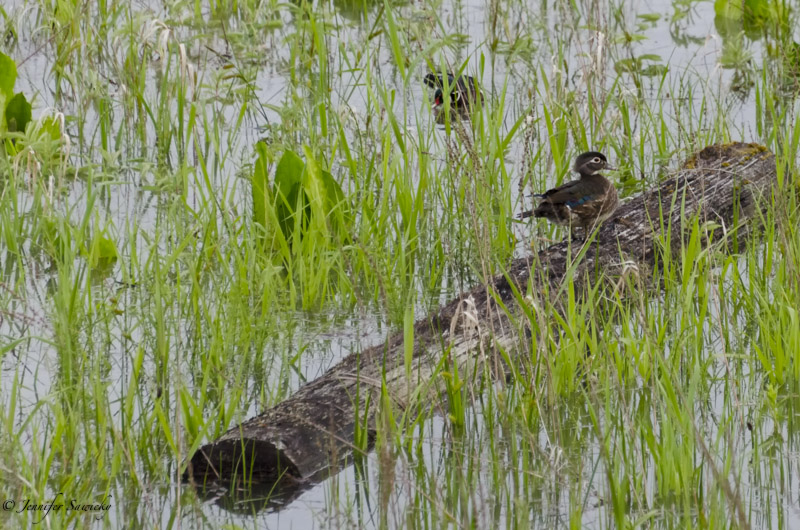
The flicker has always been elusive for me when I have my camera in hand. On days when I am walking the dog near my office (camera safely stored at home), I often see one sitting atop a light pole, pecking at the top, making a lot of noise and drawing my attention, or see one pecking in the grasses growing along the dikes alongside the robins. When I have my camera though, I always seem to hear them only, as they call from distant trees, or watch them disappear as I am desperately trying to catch a single picture.
I finally had my chance, and was lucky enough to see a couple sitting in a tree along the dike… and they didn’t disappear the minute I focused my camera on them. As with the herons and the eagle (I still can’t believe I saw all of them in an hour one morning), I am really noticing the noise at high ISO on my camera, but unfortunately in BC, lots of dreary, grey sky days are the norm, and quick moving birds require the fast shutter speed.
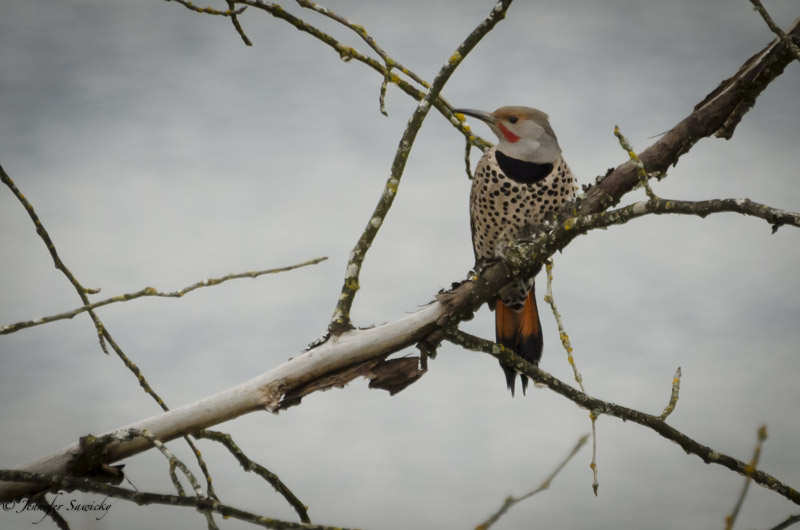

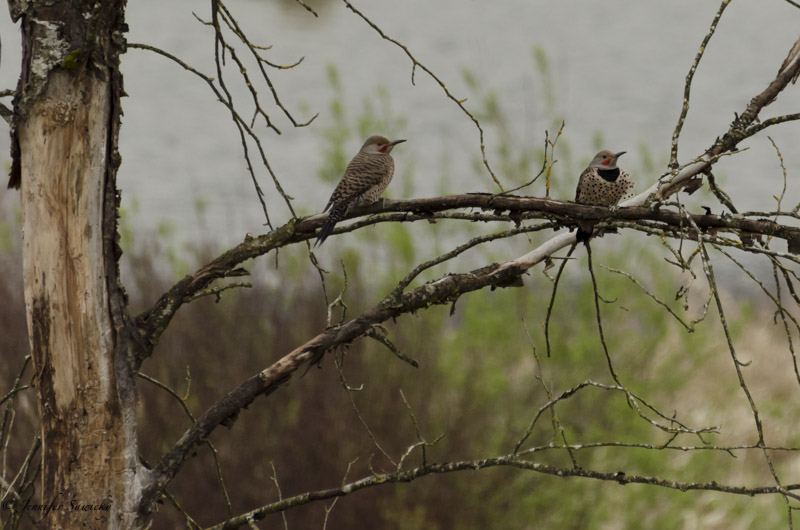
I look forward each week to the Londolozi photo blog. It brings me back to a place I loved and whets my appetite for a return trip. This week James mentioned two things that got me thinking. The first was a computer problem causing photo access issues – a great reminder to hook up my portable harddrive and do another backup (plus a secondary backup in case of a serious meltdown). The second was a photo he included that he noted was a photographic failure, but the story of the sighting was amazing (check out the week in photos #80 on the Londolozi site). Had I not had the explanation, I wouldn’t have gotten the full impact of the photo. Which got me thinking about the lion cubs we saw while at Londolozi.
The photos I have of the cubs include some of the most shockingly poor photos I have taken. Out of focus, odd colour, motion blur when there shouldn’t be, depth of field that was inappropriate for the situation, highly grainy & filled with noise… Honestly without the story behind the photos, people would probably think one of two things:
1) “That is the first time this person held a camera… and it didn’t go well.”
2) “The photographer was drunk.”
I can assure you that this gem was taken by someone, who although is in perpetual learning mode when it comes to photography, has definitely held a camera before, and was also stone cold sober (in fact, I’m quite certain I have managed far more in focus photos than this after a glass or three of wine. (I have no idea how I managed to cut her feet off and make her float.)

So why, out of 98 photos, did only a handful turn out?
The weather was poor when we headed out for our afternoon game drive – the ponchos went on right away, and I actually took my iPhone with me in case I couldn’t get my Nikon out (note to self, I need to get rain gear for my camera for the next trip). We found tracks of a lion pride, and followed them up through the trees and a dried riverbed, and eventually found the pride – with four adults and 7 cubs. As we had been driving, the weather got steadily worse. Lead gray skies, pouring with rain as well as cold and windy. Perhaps Mother Nature just wanted to ensure that the people from BC felt right at home in South Africa! I finally extracted my camera from beneath my poncho and instead of trying to coordinate manual settings, I just put it on auto – and the camera couldn’t focus (the joyous “Subject too dark” message – and wanting to us the flash on a subject 20+ feet away). Back to manual mode, I found that to get a correctly exposed photo,I would need to use an exposure time of around 2 seconds. Long exposures are great – with stationary objects and a tripod. Playful lion cubs? Not so much. So I snapped away using the slowest time I thought I could manage, and mostly just watched. Because when Talley and Freddy started saying things like “This is special – we don’t see this everyday” it was all about the experience. The camera was definitely a secondary consideration, and not something that would take my focus off the scene.

The lion cubs played in the rain on a fallen tree – they climbed, wrestled a bit – they entertained us immensely, and the rain and cold didn’t matter at all. They stayed in the area a good 20-30 minutes before setting off. We were also lucky enough that day to see an old female lion, who has since passed on.
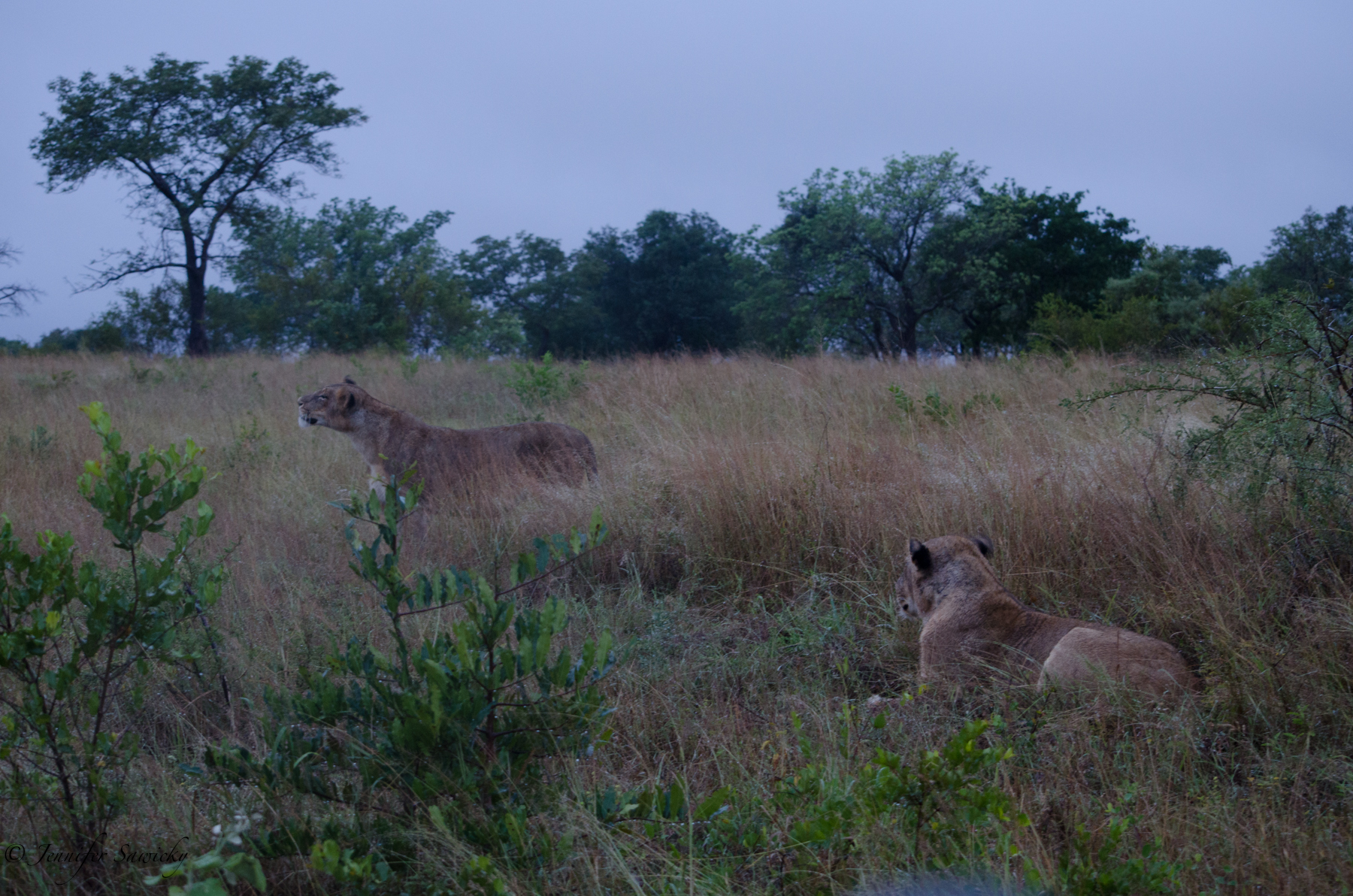
The lions gave us great viewing opportunities at Londolozi, from the mating pair on night one, to the beautiful male I wrote about earlier, to the playful cubs, and rounding out with a male and female stalking impala as we drove off in the transport on route to the airport (actually a male watching a female stalk impala). Not to mention the calls we heard throughout the night each night we spent at Londolozi.

Below are a couple of the shots I managed to salvage. The nice clear shots will have to live on only in my head – unless I’m lucky enough to see such a sight on my next trip, with far more favourable lighting conditions.
